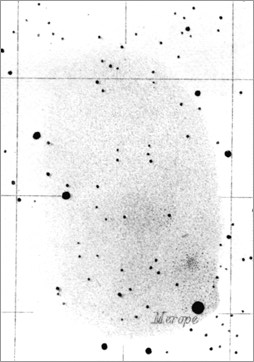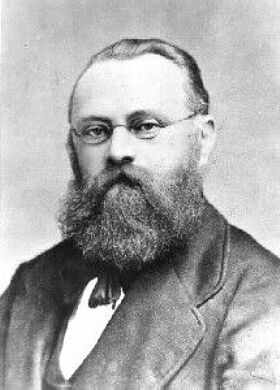NoelC wrote:It's a beautiful shot!
saturn2 wrote:If it emits blue light is a young star.
I always wondered about that... If memory serves there are some blue stars, I believe, found in globular clusters. Were those called Blue Stragglers? Can't quite remember if that was the name... Yes, that was it:
http://en.wikipedia.org/wiki/Blue_straggler
Are these old? Or newly formed by interactions between cluster members?
M13_Showing_Blue_Stragglers.jpg
-Noel
Those are old stars, Noel, but they aren't blue stragglers. There are so many of them, and they are so comparatively bright, that they can't be blue stragglers.
Take a look at this Hubble image of globular cluster 47 Tucanae. You can't judge a cluster by a single picture, because the appearance of the cluster depends on the filters used to take the picture, and recently there was a Hubble/ESA picture of a globular cluster where I, at least, couldn't judge by the color of the stars if there were any genuinely blue stars in it. But I could find other pictures of the same globular (NGC 6752?) and see that other pictures revealed the blue stars in it. When it comes to 47 Tucanae, however, I have never seen any obvious blue stars in this globular, even though you can find several RGB images of it on the net. Even so, 47 Tucanae is famous for containing a moderately large number of blue stragglers! But these stars are too few, too faint and too "barely blue" to stand out in an RGB image.
The blue stars in the picture you posted, Noel, are blue horizontal branch stars. These stars are only found in old and very metal-poor globular clusters. (Actually, there are certainly a number of hot blue horizontal stars mixed with the few hundred billion stars in the disk and bulge of the Milky Way, but how do you find them? In an old globular cluster, these stars really stand out - in the rest of the galaxy, they certainly don't.)
Like I said, it takes a very metal-poor population of stars to create blue horizontal stars. All the Milky Way globulars are more or less metal-poor, but 47 Tucanae isn't metal-poor enough to make these blue stars. 47 Tucanae only makes red horizontal stars.
This is a color-magnitude diagram of the stars in 47 Tucanae. You can see that 47 Tucanae has a very short horizontal branch extending to the left. Left here means blue, but 47 Tucanae's horizontal stars aren't blue.
This, on the other hand, is a typical color-magnitude diagram of a very metal-poor globular cluster. You can see that the horizontal branch extends far to the left. Here is where you find the numerous blue horizontal stars.
You can also see that only the very metal-poor clusters will produce RR Lyrae stars. These are the most important distance indicators in globular clusters. They are located between the blue horizontal stars and the red horizontal stars on the horizontal branch. 47 Tucanae, which is too metal-rich to produce blue horizontal stars, doesn't have RR Lyrae stars either.
You can also see the location of the blue stragglers in the color-magnitude diagram. Note that the blue stragglers are both less bright and less blue than the blue horizontal branch stars. They are also far less numerous.
To summarize, the blue horizontal stage is a normal late evolutionary phase for very metal-poor (and therefore probably very old) stars. The blue straggler stage is a breach of the normal stellar evolution, caused by stars gaining more mass probably during the late stage of their main sequence lifetime. The extra mass allows them to stay on the main sequence longer and shine bluer than their original birth mass would have allowed.
Typically, blue horizontal branch stars are ten billion years old or more. Blue straggler stars, however, can be young or old. So it isn't true that all blue stars are young. Interestingly, the globulars that only produce red horizontal stars are typically younger than the ones that make blue horizontal stars.
Ann
 Meropes Reflection Nebula
Meropes Reflection Nebula




